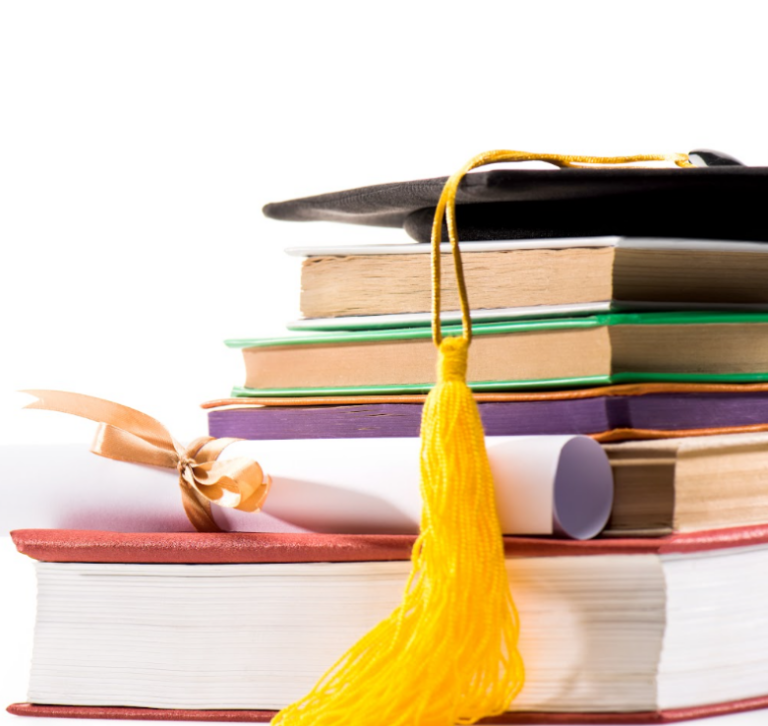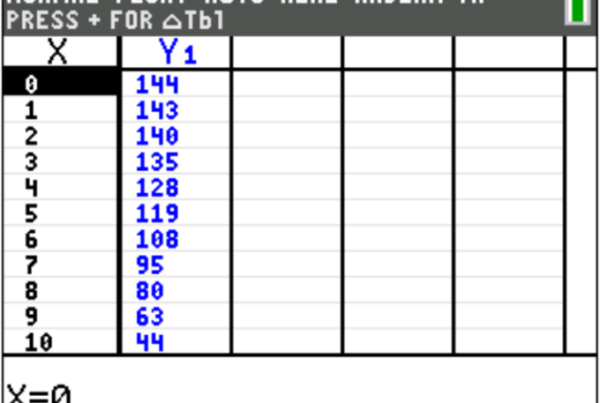High school is a time of academic growth and discovery, and your textbooks should be valuable allies in this journey. They are more than just hefty paperweights or dusty relics; they are rich sources of knowledge and insight waiting to be explored. Frankly, I’m disappointed to have witnessed the decline of textbook use in high school classes over the last twenty years: when students transition to college, they will almost certainly experience a shift in responsibility for learning away from their instructors and onto themselves. The unfortunate reality is that many students don’t anticipate or recognize this shift and, what’s worse, aren’t prepared for it. In this blog post, we’ll show you how to make the most of your textbooks as a powerful resource to boost your understanding and performance in class.
Does Your Class Have a Textbook?
This is one of my first questions any time I’m paired with a student for academic tutoring. I need to know what resources we have available, but I’m also assessing how proactively students are addressing their struggles in class. That being said, some classes just don’t use textbooks, but there are many very reasonably priced used textbooks available online or in thrift stores. You don’t need a brand new copy of the most recent (and expensive) edition: since college, I’ve never paid more than $10 for a textbook.
Get to Know Your Textbook
Before you dive into the content, take a moment to familiarize yourself with your textbook. Flip through each chapter, getting a sense of how the information is presented and organized. This will give you an overview of what to expect, and you’ll know where to find specific information when you need it. When done right, you can learn almost everything you need to know from just your textbook.
For example, I retaught myself calculus several years ago after taking the class during my senior year of high school. I used James Stewart’s second edition Calculus: Concepts and Contexts and very literally had to read through each chapter and follow along with every example problem since there was no one else to teach me. I became so familiar with my textbook that I eventually named it James (after the author). That’s not to say that our relationship was always great: some of the reasoning in James’s calculus proofs made no sense to me whatsoever, and we weren’t on “speaking terms” until I found other resources to complete my understanding. However, the benefits outweighed the drawbacks: in spite of James’s literal inability to adapt to my needs, I’ve never found another author’s calculus textbook that I prefer.
Active Reading
Active reading is a key skill when using textbooks effectively. Don’t just passively skim through the pages. Instead, engage with the material:
Take notes: Highlight or underline important points, write marginal notes, and summarize key ideas. This is one of my favorite reasons for owning my own textbook: I can write in it!
Ask questions: As you read, ask yourself questions about the material. What are the main concepts? How do they relate to what you’ve learned in class? Synthesizing information from a textbook that’s not in the same order as your class will propel you to greater mastery of that material.
Break it down: Break long chapters into manageable sections, and tackle them one at a time. This makes studying less overwhelming and more manageable. If your textbook isn’t organized into units or sections that your brain can realistically consume, consider another author’s textbook. Inexpensive used copies of previous editions make it easy to get a variety of approaches and perspectives on a topic.

Study Tools
Your textbook likely includes a variety of study aids, such as practice questions, summaries, and end-of-chapter quizzes. Use them to your advantage. These tools are designed to help you understand and remember the material.
Practice questions: Solve practice problems to reinforce your understanding of the subject. This is a no-brainer for me: any decent math or science textbook should have example problems that are worked through and explained step-by-step. Try to answer the question on your own, then go back through the explanation, make sure you followed the same steps, and confirm that you arrive at the same answer. Use similar questions found at the end of each chapter to reinforce your process for answering that type of question.
Summaries: Many textbooks provide summaries or key points at the end of each chapter. These can be a great quick reference for review.
Glossaries: Utilize the glossary at the end of the book to clarify unfamiliar terms and concepts.
Conclusion
High school textbooks are invaluable resources waiting to be tapped into. By actively engaging with the material, connecting it to your classroom learning, and utilizing the available study aids, you can take full advantage of your textbooks to excel in your classes. Remember that learning is an ongoing process, and your textbooks are there to support your academic journey, so open your textbooks with curiosity and a desire to learn, and watch your understanding and performance in class improve.




